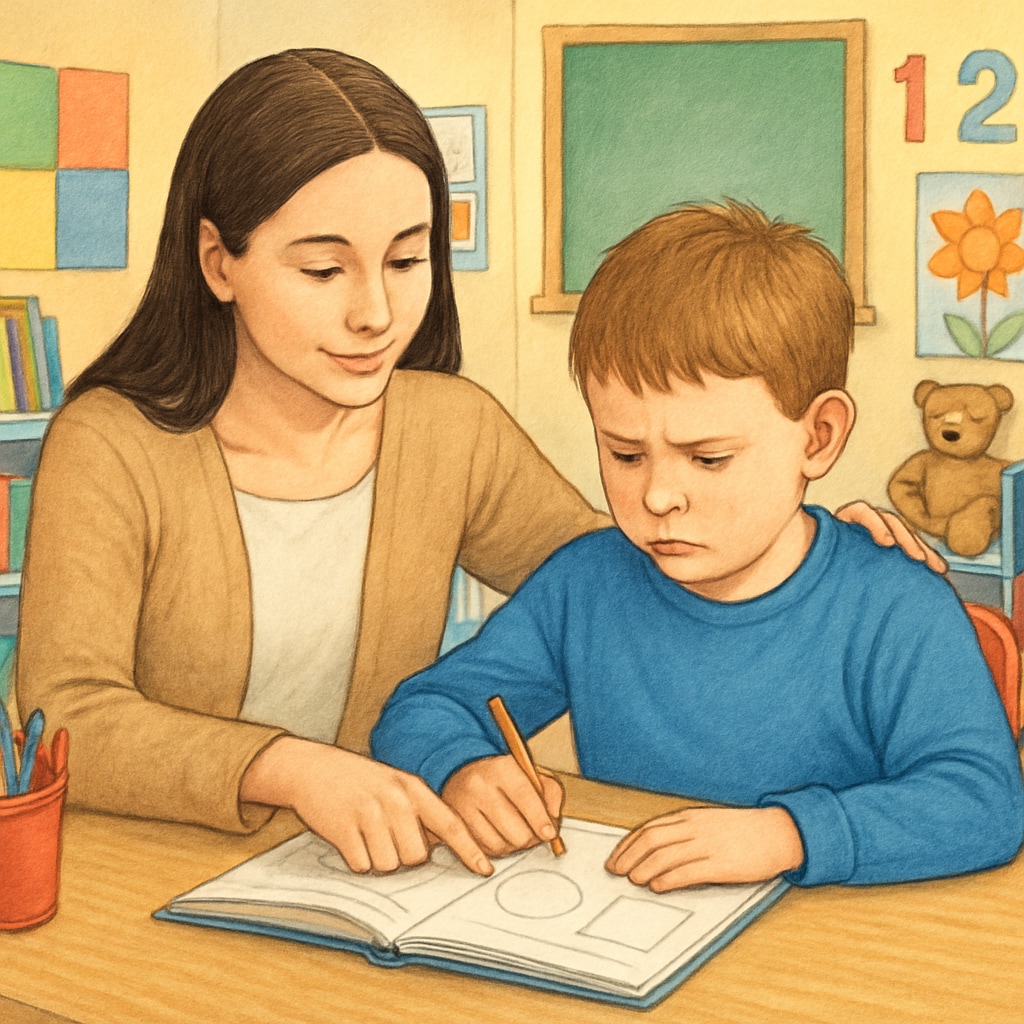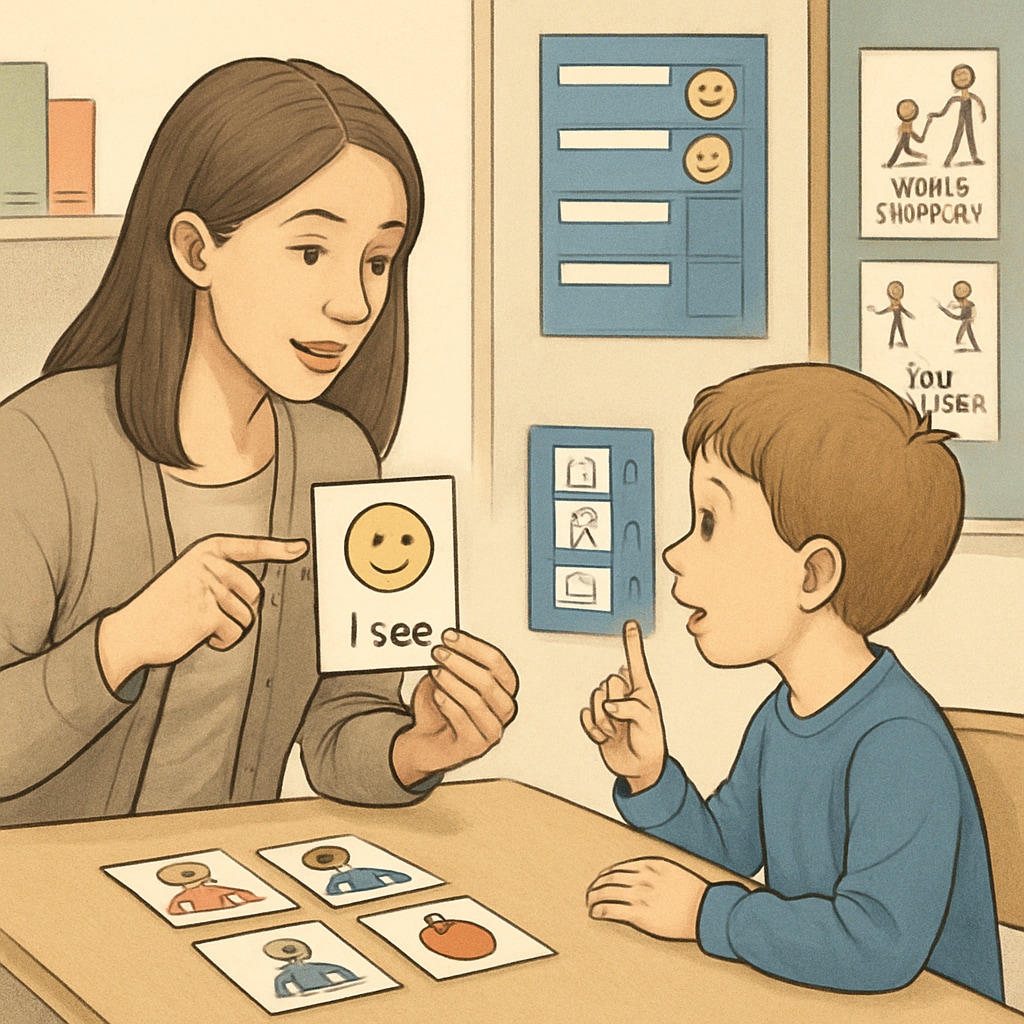Working in special education with autism spectrum children as a teacher assistant is both challenging and rewarding. It requires a unique combination of compassion, patience, and specialized skills to connect with these exceptional learners. For those aspiring to enter this field, preparation is key to success. This article will guide you through essential steps to prepare for a role in special education and offer insights into the value of working with children on the autism spectrum.
Understanding Autism Spectrum Disorders
Before stepping into a special education role, it is crucial to understand what autism spectrum disorders (ASD) entail. ASD is a developmental condition characterized by challenges in communication, social interactions, and repetitive behaviors. Each child is unique, presenting different strengths and needs. For example, some children may excel in specific academic areas while struggling with social cues.
To deepen your understanding, consider exploring resources such as the Autism Speaks website or reviewing articles from Britannica’s Autism Spectrum Disorder page.

Skills and Qualities of a Teacher Assistant
Teacher assistants in special education need a diverse skill set. These include:
- Patience: Children on the autism spectrum require individualized attention, and progress may come slowly.
- Adaptability: Be ready to change your approach depending on each child’s needs and mood.
- Communication skills: Clear and effective communication is vital, whether interacting with children, parents, or other educators.
- Observation: Pay close attention to subtle cues in behavior to understand a child’s needs or triggers.
In addition, specialized training in behavior management and autism-specific strategies will enhance your effectiveness in the role.

Challenges and Rewards of Working in Special Education
The challenges of working with autism spectrum children often revolve around managing behaviors and ensuring their inclusion in classroom activities. For example, sensory sensitivities can sometimes lead to meltdowns, which require calm intervention and understanding.
However, the rewards far outweigh these challenges. Witnessing a child’s progress, no matter how small, can be incredibly fulfilling. The opportunity to build meaningful relationships with children and their families adds a layer of personal satisfaction to the professional role.
As a teacher assistant, you have the chance to impact lives positively, supporting children in developing valuable life skills and fostering their independence.
Readability guidance: Use short paragraphs and lists to summarize key points. Ensure that technical terms like “ASD” are explained in brackets upon first mention. Avoid overuse of passive voice and long sentences, while incorporating transition words like “however,” “therefore,” and “for example” for smoother readability.


